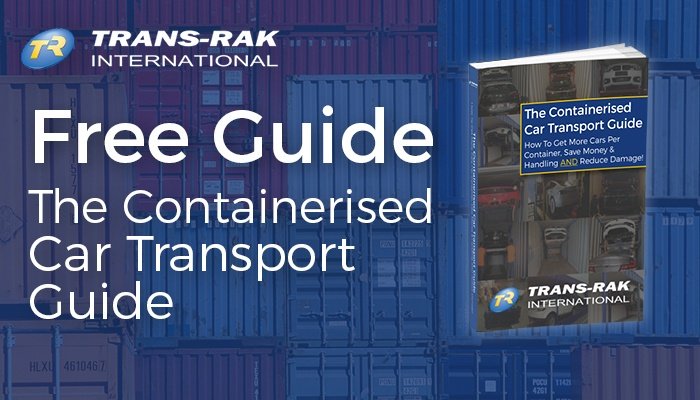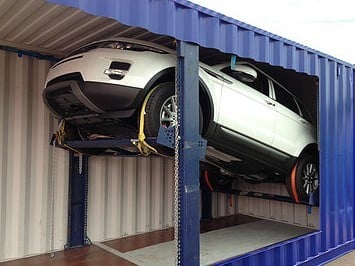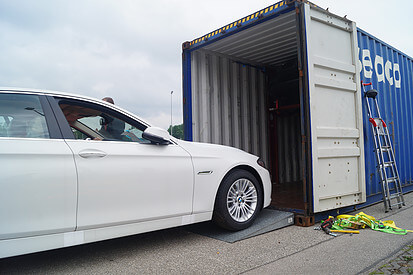
Tariff uncertainty has been the big story of this year, and unfortunately for many businesses in the automotive sector, it’s no joke.
Not only are the tariffs themselves unprecedented in recent decades, but the up down unpredictability has made it extremely difficult for businesses to plan their operations. An article we read in April reported that the Port of Seattle, on the American West Coast and a major import hub from Japan and China, was practically empty due to uncertainty created by the ‘tit-for-tat tariffs’. And while it’s impossible at the moment to predict how the situation will play out long term, or even over the course of this year, there are several early indicators for the global automotive sector, and they’re not pretty.
Increased Production Costs And Pricing Pressure
Two major waves of tariffs have impacted the sector so far in 2025. On 3rd April 2025, the US government imposed a 25% tariff on all finished passenger vehicles imported into the USA. This was followed, on 3rd May, by a 25% tariff on all imported automotive parts, which includes engines, electrical components, transmissions, and unfinished vehicles. Just to clarify, the tariff is a tax imposed on American businesses and consumers. In order to import an automotive product, the American buyer will need to pay additional 25% tax or customs duty at the border.
Within the USA, this has immediately increased production costs for vehicle manufacturers, and some automakers are passing these costs onto consumers, with new vehicle prices projected to rise by thousands of dollars over the course of this year. Used-car prices are also climbing due to increased demand, as customers seek alternatives to expensive new vehicles. In the short term, there is the contradictory pattern of a short-term car buying boom in some areas, as some American customers are accelerating purchases to avoid anticipated price hikes – while others may be delaying decisions due to uncertainty. Overall, however, vehicle sales in the United States and Canada are expected to decline by 4% and 7.5% respectively by the end of 2025.
What About The Impact On The Automotive Industry In Europe, Which Is A Significant Exporter To The USA?
In 2023, EU countries (principally Germany), exported vehicles to the USA worth an estimated €56 billion, making America the largest export destination for EU-produced cars. A 25% US tariff (up from 2.5% previously), will significantly impact the European automotive industry, with businesses in Germany and Italy the most affected. With the sector employing 13.8 million people across the EU, the economic fallout could be high, especially if the EU’s threatened retaliatory measures are implemented later in the summer.
The UK’s automotive sector, dependent on complex international supply chains, is also potentially impacted by the tariffs, although the UK government is hopeful that the ongoing trade negotiations with the Trump administration will offset or neutralise the brunt of tariffs on British businesses. We will have to see. One trend to watch, however, is a potential increase in used-car exports from Europe to the USA, as ‘classic cars’ over 25 years old are currently subject to the standard 2.5% American import duty, instead of the 25% automotive tariff. 1999 Fiat Multipla, anyone?
A Reshaped Global Automotive Landscape?
Short-term, the tariffs are causing chaos and uncertainty around the world. Longer term, however, there is likely to be a reshaping of the global automotive industry away from overdependence on the US market. European automakers, for instance, may pivot more strongly towards Asia-Pacific markets for their vehicles, and we may see the emergence of tariff-neutral trade zones that reshape supply chains and create new opportunities for manufacturers and export businesses. Some businesses, of course, may choose to migrate production centres to the US in order to avoid tariffs for their products destined for the American market.
However, this may not be as significant as the US government hopes, and it is just as likely that the global market will reconfigure away from the US towards an even greater emphasis on Chinese and East Asian supply chains. Equally likely, too, is the possibility that the Trump administration will backtrack on most, if not all of their threatened tariffs, and that this time next year we’ll be left scratching our heads and asking “did that really happen?”
What Next..?
Good question. Our hope is that, while the current tariff uncertainty creates a challenging environment for automotive businesses, it also offers mid to long-term opportunities for adaption and innovation. The next few years will determine how businesses can weather the storm and capitalise on opportunities, and what structural adjustments will be required to adapt to the new conditions.
















